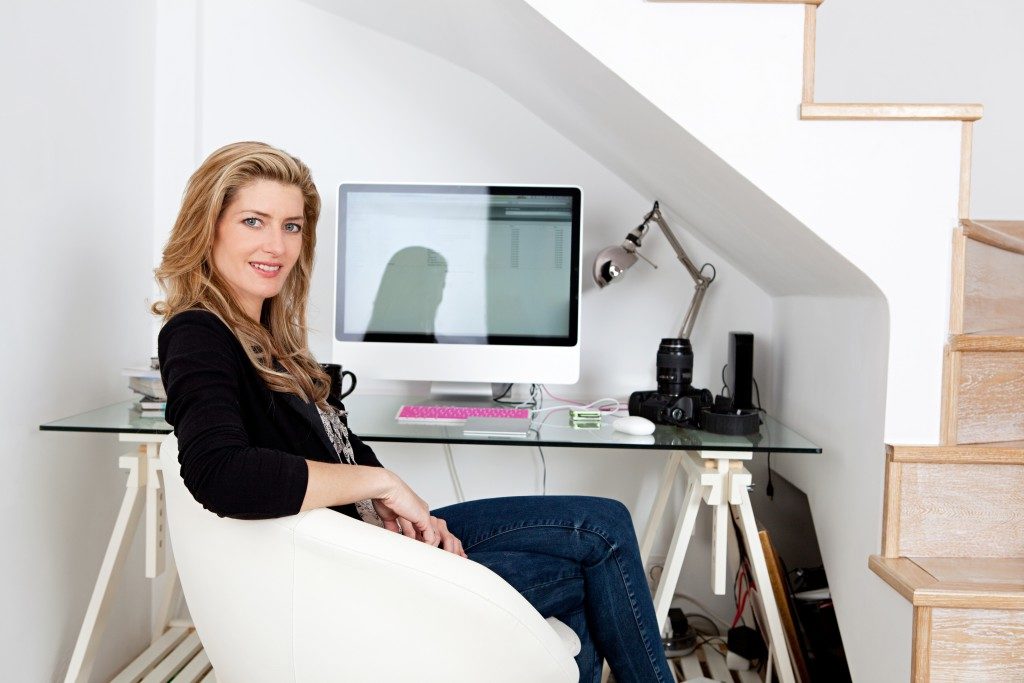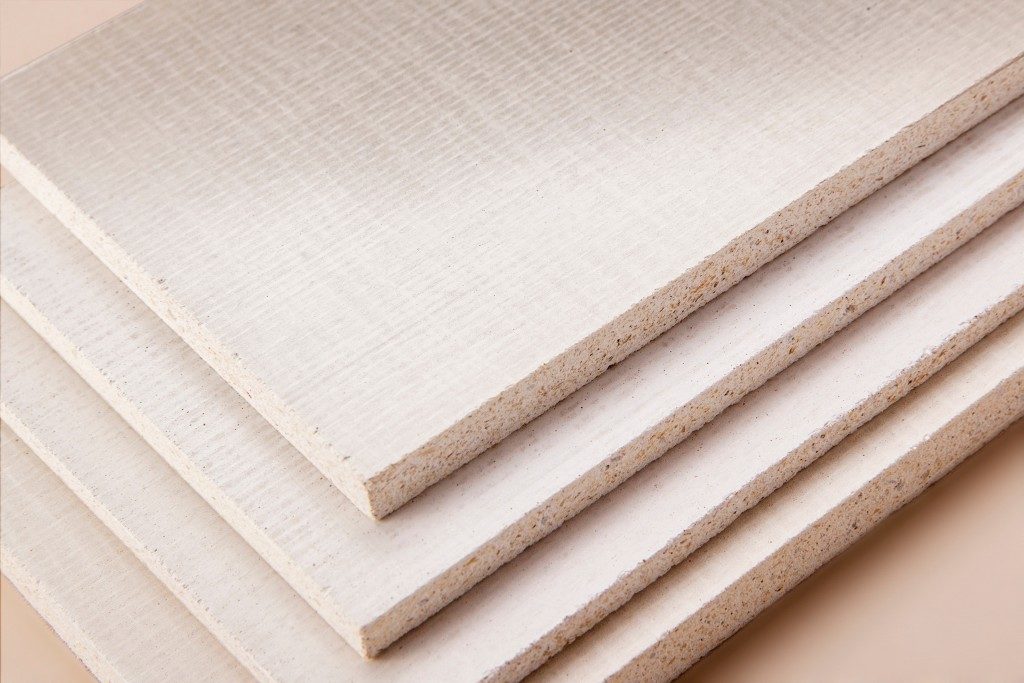- Furniture contributes significantly to interior decoration, impacting aesthetics, mood, and overall home satisfaction.
- Harmony, texture, color, pattern, size, scale, and functionality are crucial for furniture decoration.
- Furniture pieces should be comfortable, sturdy, and made of quality materials for long-term use.
- Personalization of furniture adds individuality to decor, reflecting personal tastes and creating a unique living space.
Furniture forms the backbone of interior decoration, serving a functional purpose and contributing significantly to a home’s overall aesthetic. According to a study by Market Research Future, the global home decor market is poised to reach approximately $792.6 billion by 2025, with a large share devoted to furniture. This underlines furniture’s crucial role in defining a home’s character and providing comfort. Good furniture design can transform a space, making it practical and stylish. Furthermore, 65% of homeowners agree that the furniture in their homes impacts their mood, according to a survey by Furniture Today. Thus, investing in high-quality and aesthetically pleasing furniture can significantly enhance the quality of life and overall satisfaction within a home.
However, buying furniture pieces will not suffice in achieving an ideal living space. To achieve a cohesive and well-designed home, paying attention to the aspects of furniture decoration is essential. Here are a few to consider:
Harmon
One of the cardinal rules of interior design is that all furniture in a space should complement each other. This doesn’t mean every piece must match perfectly, but they should work together to create a harmonious and balanced space. Complimentary furniture helps to create a visual narrative, linking different areas of the home and making a sense of consistency.
Texture
Texture adds depth and richness to a room. In furniture, texture refers to a surface’s feel, appearance, or consistency. Combining textures can add interest and contrast. For example, a sleek leather sofa can be paired with a fluffy soft rug or a rough wooden table can be offset by smooth, soft-to-the-touch dining chairs.
Colors
Color is an integral part of any design scheme. It can set the mood, define the style, and tie different furniture pieces together. While choosing furniture in colors you love is essential, it’s equally vital to consider how these colors will work together. A balanced color scheme can bring harmony and cohesion to a space, making it feel more unified and pleasing to the eye.
Pattern
Like color, patterns can add personality and flair to a room. Mixing patterns is an art form, but when done correctly, it can elevate the overall look of a space. Consider incorporating different patterns through upholstery or decorative elements such as pillows or rugs when choosing furniture.
Size and Scale
Size and scale are crucial when selecting furniture. Pieces should fit well within the space and with each other. A vast sofa might overpower a small room, just as a tiny coffee table would look out of place in a spacious living room. The scale of furniture relative to the room and other pieces around it can significantly impact a space’s overall aesthetic and functionality.
Functionality
Functionality is paramount when it comes to selecting furniture. Besides adding aesthetic value, furniture must fulfill practical needs. After all, furniture pieces are the tools we use for our daily living. This fundamental aspect encompasses several key considerations:If a piece of furniture is uncomfortable, it defeats its very purpose. For instance, a couch might look great and fit perfectly into your living room’s color scheme, but if it’s uncomfortable to sit on, it’s not fulfilling its primary purpose. People spend considerable time using furniture, so comfort should never be compromised.
Another critical aspect of furniture functionality is its sturdiness. Furniture is a long-term investment, so the pieces must be durable and well-made. They should withstand daily use without wobbling, breaking, or deteriorating rapidly. Hence, the quality of construction and materials are vital considerations. Aesthetics may draw you to a piece of furniture, but its sturdiness will determine how long it remains a part of your home.
Personalization

Personalization is the final, and perhaps most essential, piece of the puzzle when choosing furniture for your home. This process allows you to infuse your unique personality and style into your living space, creating an environment that feels genuinely like “home. Personalized furniture pieces can reflect your tastes, interests, and values, adding depth and individuality to your decor.
For instance, let’s consider a classic solid wood dining table. This piece of furniture serves a functional purpose. Still, its design, finish, and the chairs you pair it with can all be personalized to your preference, turning an ordinary piece of furniture into a unique statement.
Personalization could also involve selecting a bespoke bookshelf that houses your favorite titles or a customized sofa upholstered in your preferred fabric, suiting your comfort and aesthetic preference. Ultimately, personalizing your furniture enables you to create a living space that is stylish and functional and a true reflection of who you are.
Final Thoughts
Furniture is an integral part of home decoration and significantly impacts the look, feel, and functionality of a living space. A well-designed and harmonious furniture selection can elevate a home’s aesthetic and enhance the quality of life within it. When choosing furniture, homeowners can create a stunning and personalized living environment by considering harmony, texture, color, pattern, size and scale, functionality, and personalization.


